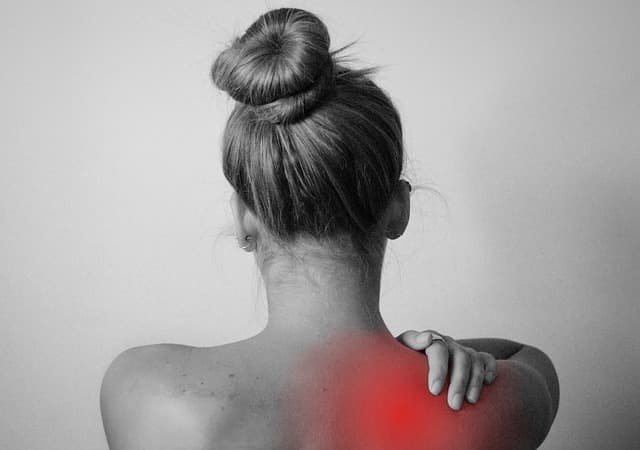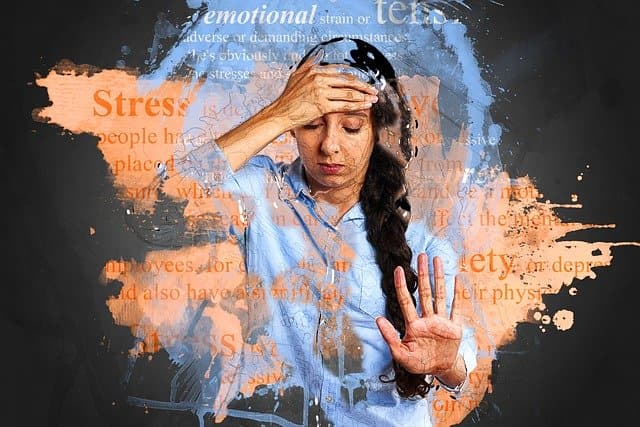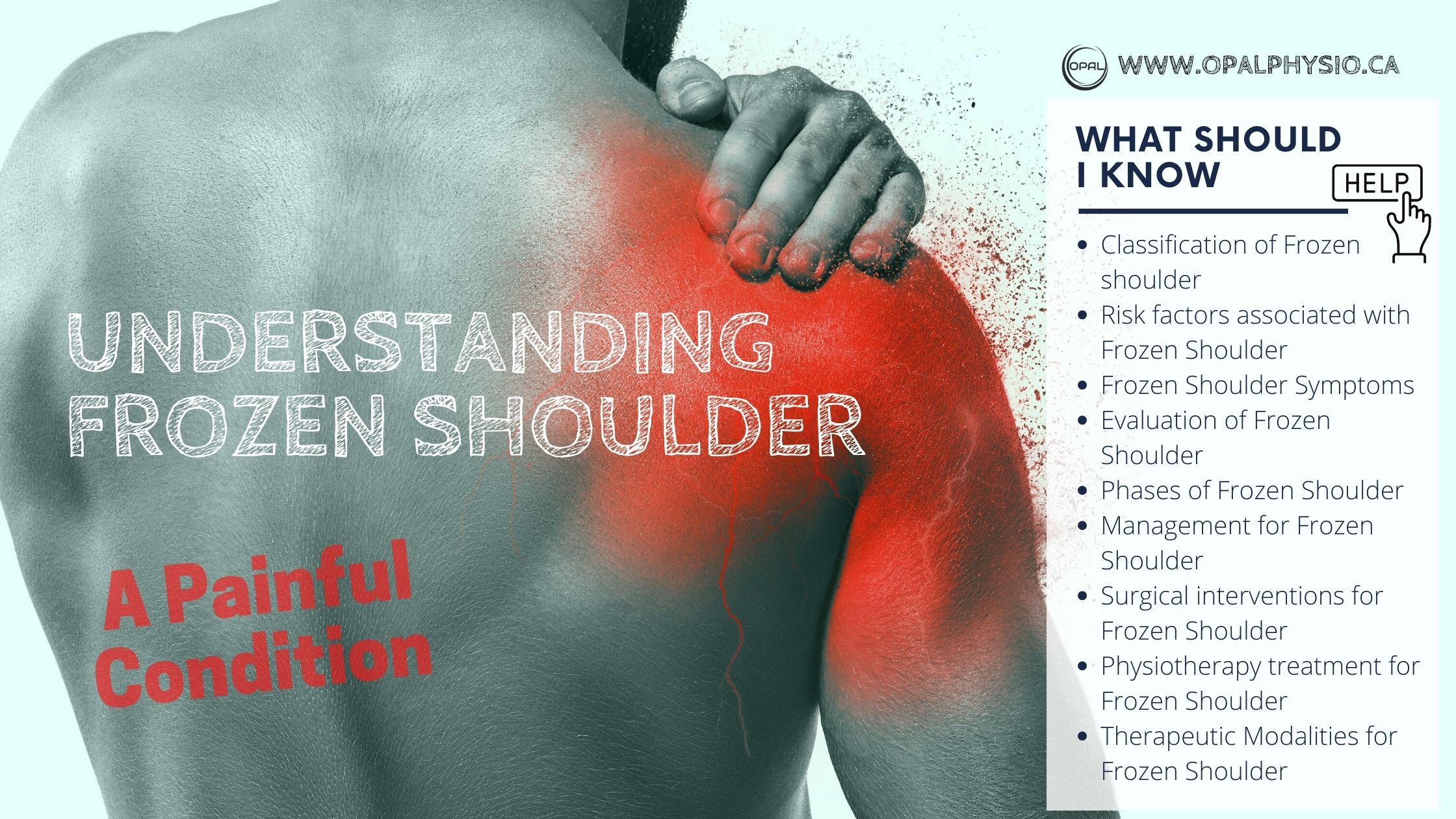Whiplash Injury -Symptoms, Treatment and Self Help
Whiplash injury
If you have been involved previously in a Motor Vehicle Accident and are having pain and other associated symptoms, Whiplash is a common terminology that you would have come across.
Whiplash Associated Disorder (WAD) or Whiplash Injury is the word most commonly used for pain or symptoms after being involved in a motor vehicle accident.
It usually describes pain and symptoms, which are a broader range. However, Neck pain is the most common reported symptom, but also common is having other associated physical, social, and psychological symptoms (Ritchie et al., 2020)

Most common symptoms after a whiplash injury:
- Neck pain
- Neck Stiffness or limited movement in the neck
- Headaches
Less common whiplash symptoms:
- Shoulder Pain
- Arm pain
- Tingling sensation in the arm
- chronic pain
- Sleeping issues
< 20% of individuals have been noted to experience the following symptoms after a whiplash injury. If any of these symptoms below exists, you may require further investigation and medical attention.
- Dizziness
- Nausea
- Visual and auditory symptoms
- Numbness with weakness in the arm
- Inability to move the neck without pain
Most individuals involved in Motor Vehicle Accidents report minimal symptoms to no symptoms and do not seek healthcare treatments.
However, a recent study noted that 50% of individuals after a whiplash injury recover in the first few months, while the other 50% continue to have some level of ongoing pain or disability( Ritchie et al. 2020); of that about 25% continue to have severe persistent symptoms.
Usually, within three months following an injury or accident, most of the improvement in pain or symptoms occurs. After three months, if symptoms persist, there is a plateau or Persistent Pain (Walton et al. 2013).

Why do some recover faster, and others continue to have prolonged pain or have persistent pain after the injury?
Sometimes these are some questions raised, and certain individual factors initially were thought to be predicting factors for whiplash recovery based on the severity of the injury, like the direction and position of impact, the speed and angle of impact etc.
However, a systematic review by David Walton (2013) noted that the
– Impact direction
– Seating position/headrest position
– Speed of the vehicle while involved in a crash
– The angle of the neck position
– Being aware of the collision
were NOT predictive of recovery from WAD.
Prognostic factors identified for having more significant pain and chronic disability were
– Pre-existing anxiety and depression
– Patient catastrophization
– Fear-avoidance
– Post-traumatic stress
These are some essential factors considered while evaluating the management of Whiplash Associated Disorders. A Study noted that cognitive behavioural techniques targeting fear avoidance behaviour and pain catastrophizing might be beneficial in preventing the development of chronic pain in individuals post WAD injury(Andersen et al. 2016)

Risk factors for prolonged recovery and poor outcome after a whiplash injury:
The following were some risk factors associated with delayed recovery, the persistence of symptoms and seeking prolonged health care treatment after a whiplash injury.
- The severity of the collision
- Poor expectations of whiplash recovery
- Victim mentality
- Dizziness
- Numbness or pain in the arms
- Associated Lower back pain
- Psychological and behavioural factors
- Female sex
The Study by Oka et al. 2015 concluded that these risk factors to be considered when evaluating patients who may have the potential for poor outcomes after WAD.
Whiplash Injury treatment :
After a whiplash injury, it is most common for individuals to seek treatment from various healthcare professionals for pain and other symptoms after a whiplash injury.
There are no one-size-fits-all when it comes to Whiplash injury treatment
Considering that whiplash-associated disorder is complex involving a range of populations with various symptoms and belief systems, there is no one single physical or psychological intervention that fits all. There is a significant need to shift from a pathological model of intervention to a biopsychosocial approach that improves treatment success.
- An evidence-based approach to whiplash treatment for acute and chronic WAD is necessary.
- The treatment approach needs to be focused and requires a shift from providing passive treatments to patient education – on pain neuroscience, resulting in positive effects and in reducing fear of re-injury (Van Oosterwijck et al. 2011)
- Early access to health professionals in acute post-injury, like physiotherapy with an active approach to treatment, reduces unnecessary referrals for radiology and specialists’ services for individuals with ongoing persistent pain post-whiplash disorder (Ritchie et al. .2020).
- A recent study noted that neck muscle function weakens for at least one year after whiplash-associated injury, way beyond the recovery time for neck movement and pain. It shows that a non-recovery post-WAD is associated with considerable muscular weakness. There needs to be increased clinical focus on early neck function after a whiplash injury (Krogh et al., 2018)
- There is a lot of evidence in support of the use of exercise for patients with acute and chronic cervical/neck disorders (Drescher et al. 2008)
So what does the evidence say about whiplash injury management?
So the evidence thus far tells us that management of WAD is not finding the problem and fix it approach but rather a multi-model approach to take patients closer to being self-reliant and independent.
Self-help strategies post-acute whiplash injury: How can you help yourself?

- Stay positive and have a positive attitude.
- Give time for things that you love to do and do enjoy them.
- Continue to maintain activity levels as tolerated, but not too much
- Do gentle, simple active exercise every two waking hours and progressively increase the intensity
- Plan to return to work as soon as you are able; do not wait for 100% whiplash recovery

How can a Physiotherapist help with your whiplash injury treatment?
Whiplash physiotherapy is a specialized treatment used to alleviate pain and restore mobility in individuals who have suffered from a whiplash injury.
- They take an evidence-based approach.
- Provide education concerning the role of movement and the healing process after the injury.
- Take an active approach to treatments with less reliance on passive modalities.
- Teach you skills and proactive management strategies and encourage graded exposure to activities and or exercises.
Learn more about physiotherapy treatment for whiplash injuries.
If you have been experiencing pain and symptoms after an accident and would like to see our physiotherapists or contact us, please call 604-532-7887 or email: [email protected].

Cynthia Pathipati – Registered Physiotherapist
Cynthia Pathipati completed her bachelor’s in physiotherapy and is a qualified Registered Physiotherapist in good standing with the College of Physiotherapists of BC with more than 15 yrs of experience. She has Post-Graduate Credentials and Certifications as well as extensive knowledge experience in treating pelvic floor, orthopedic, neurological, vestibular and pain conditions.







